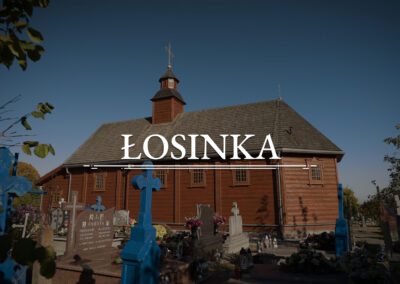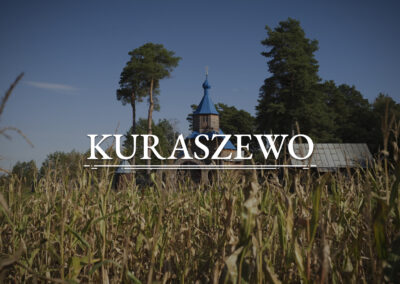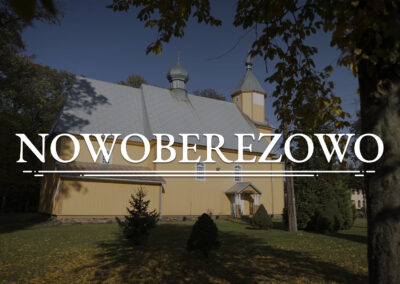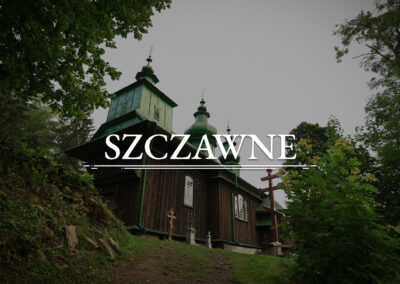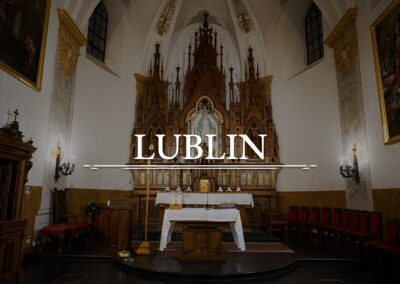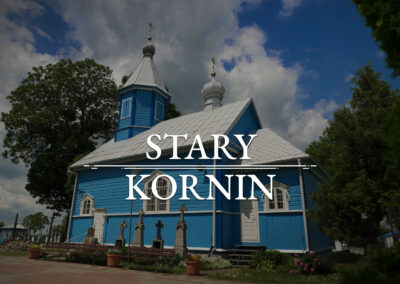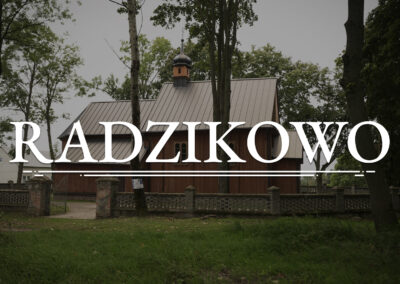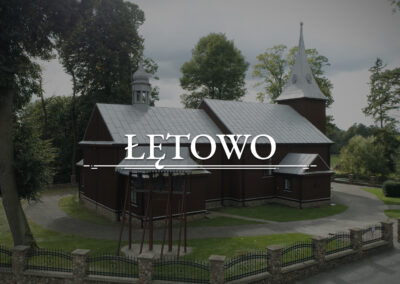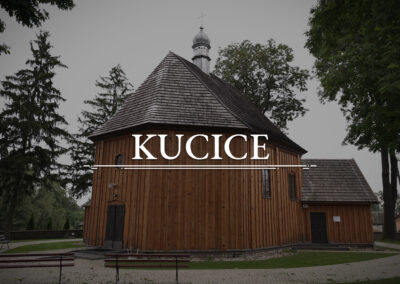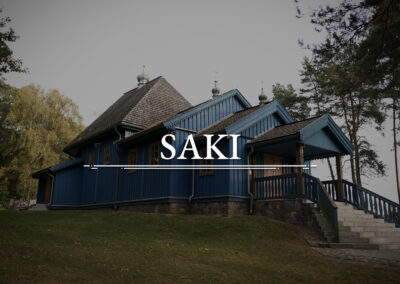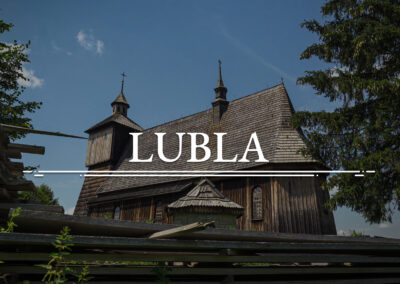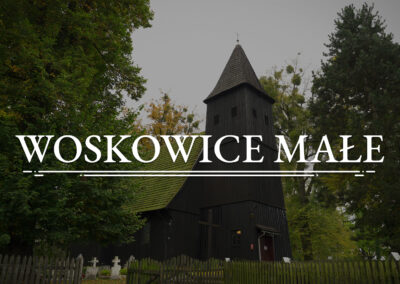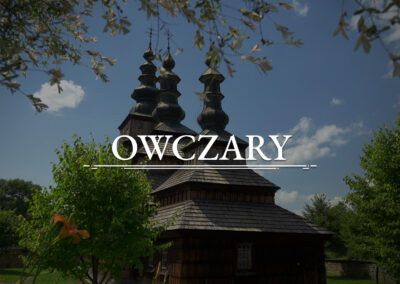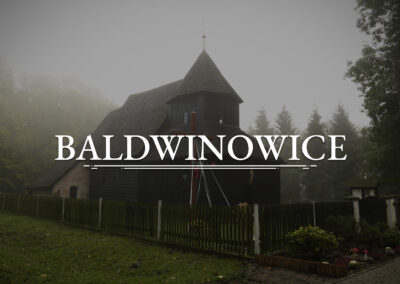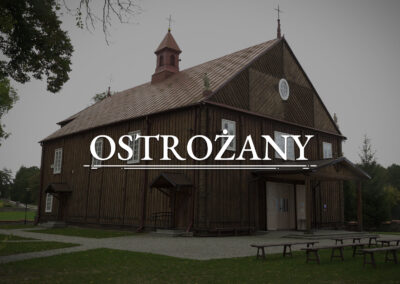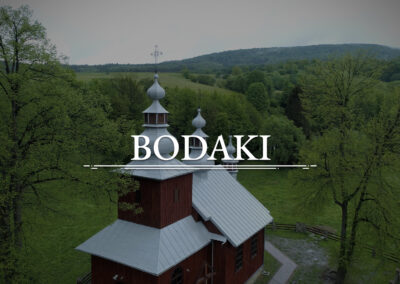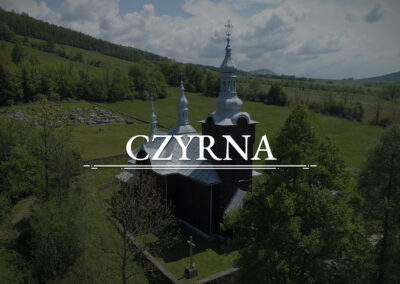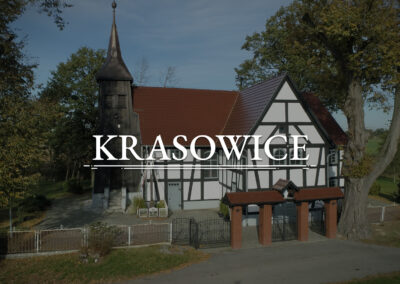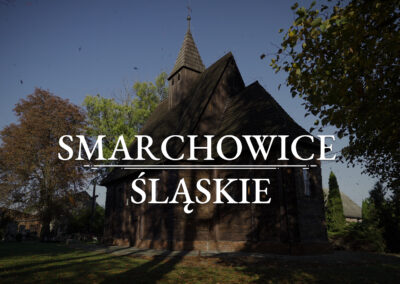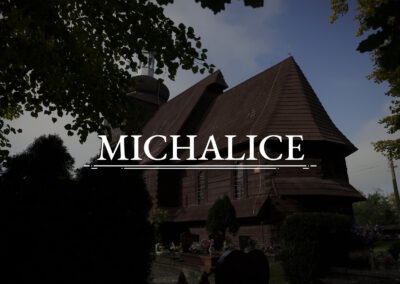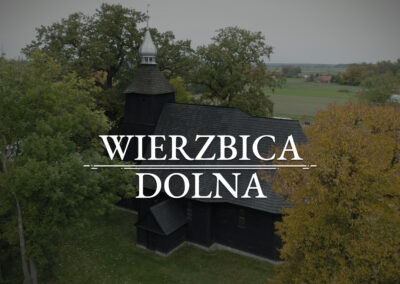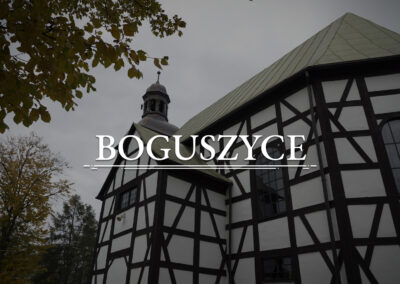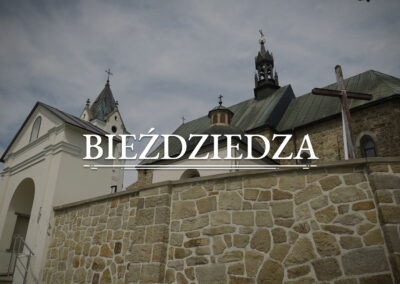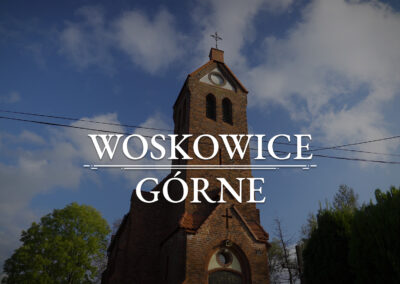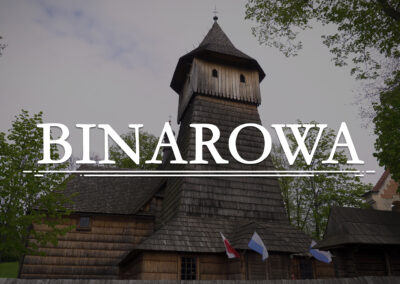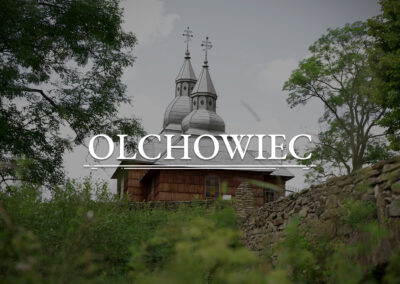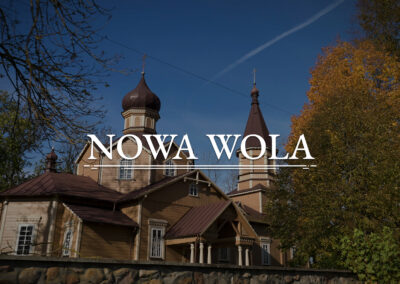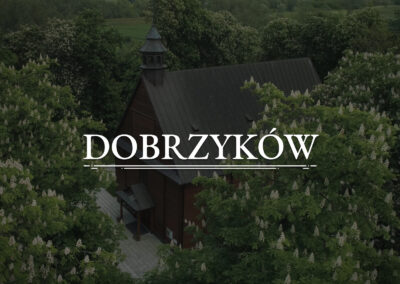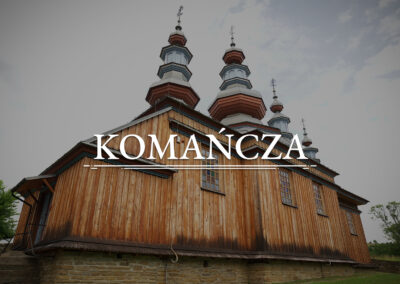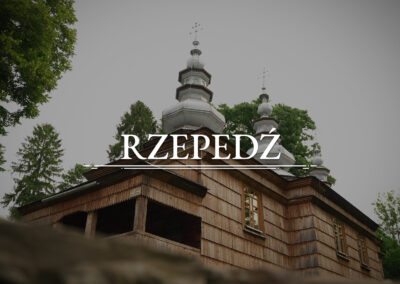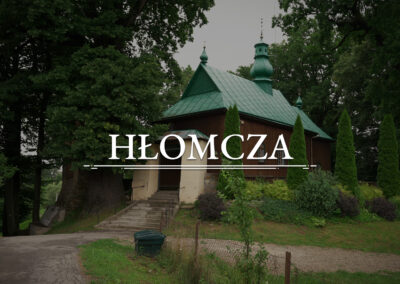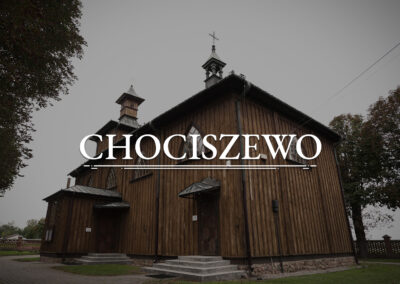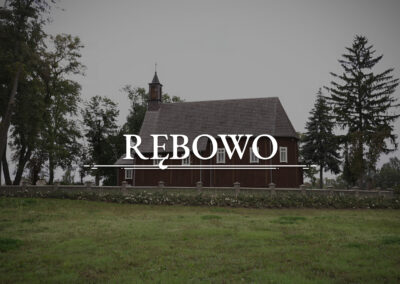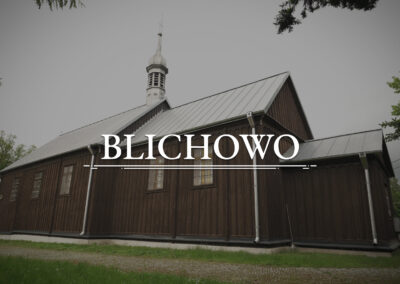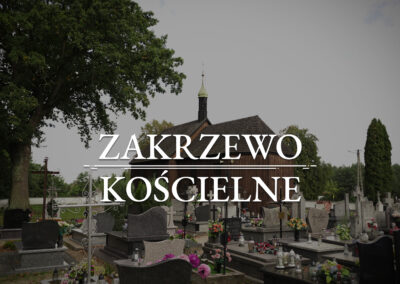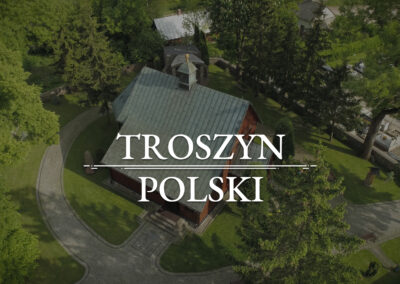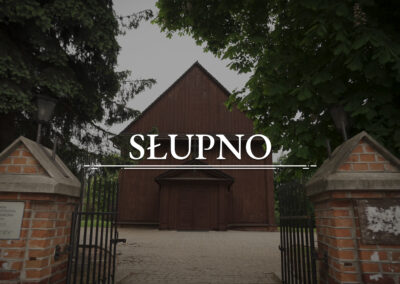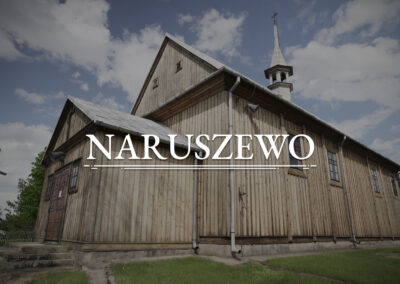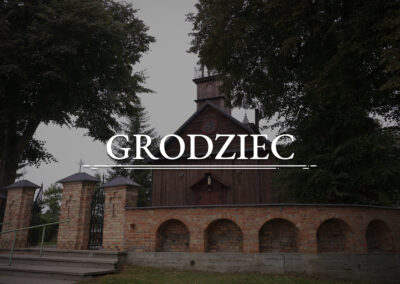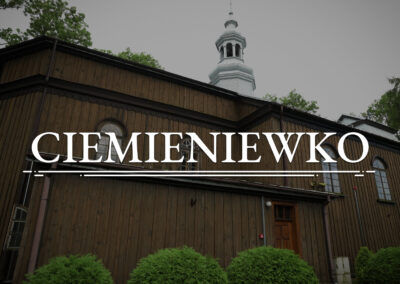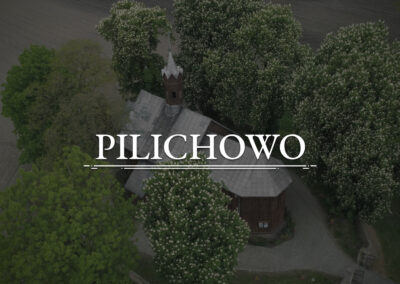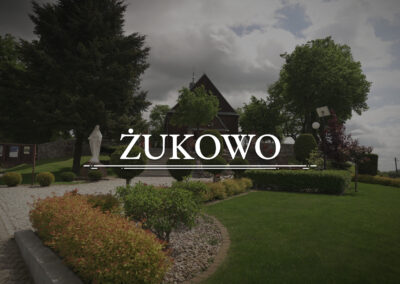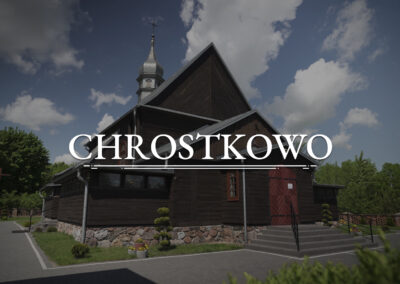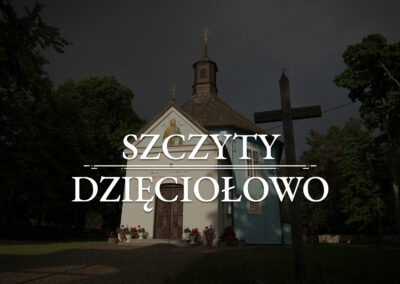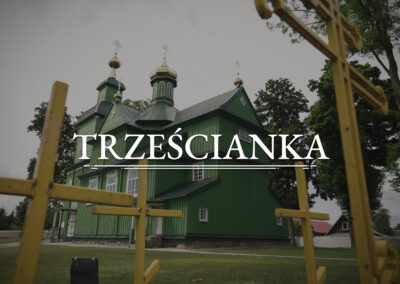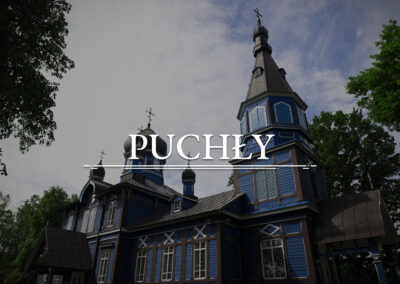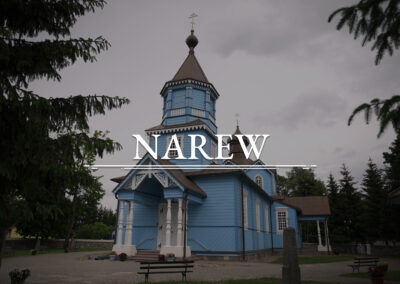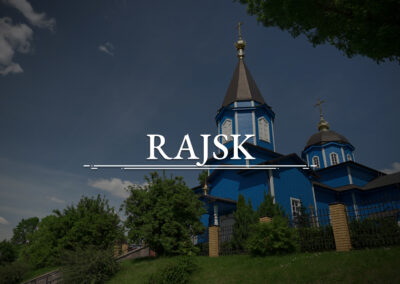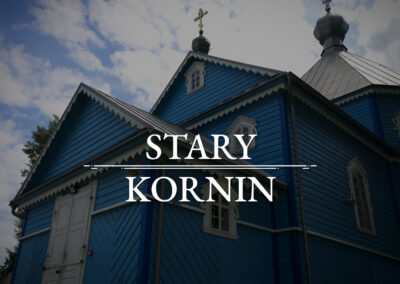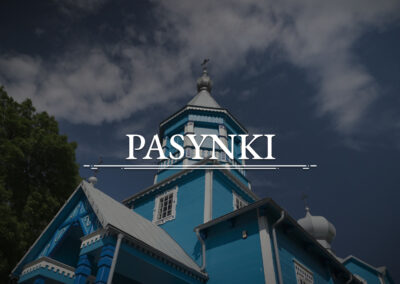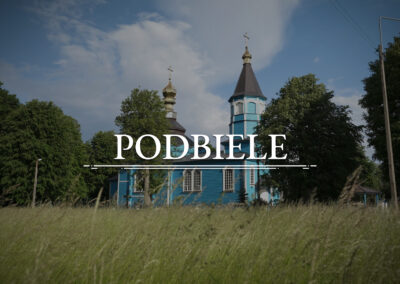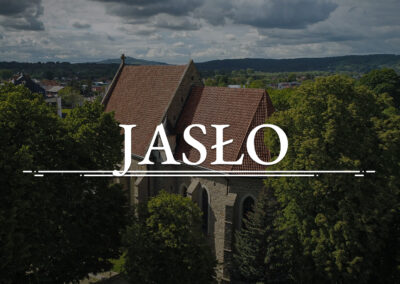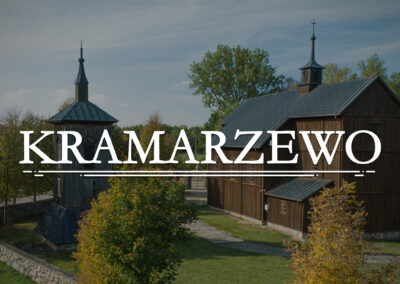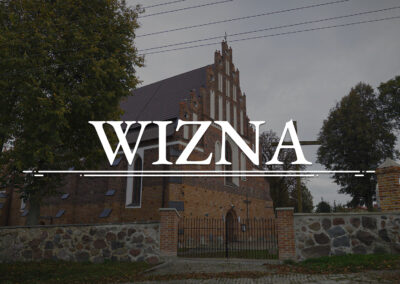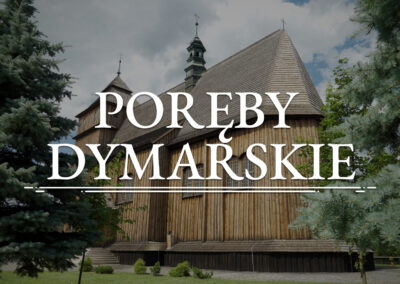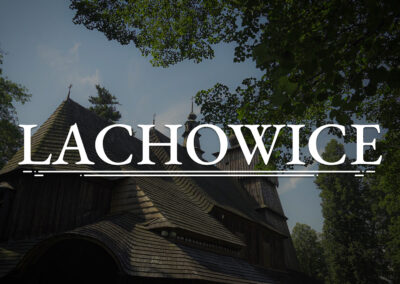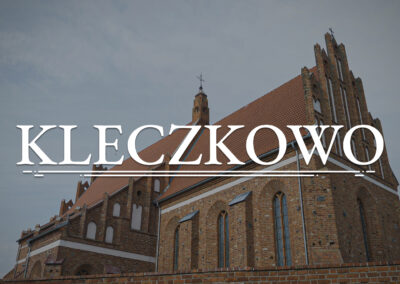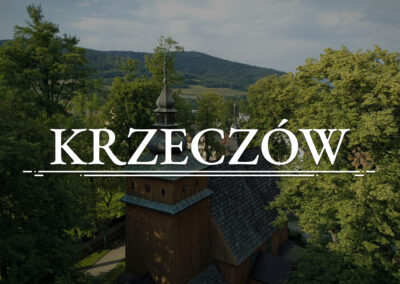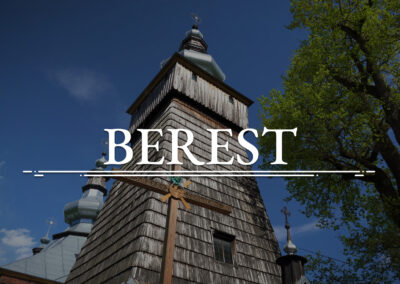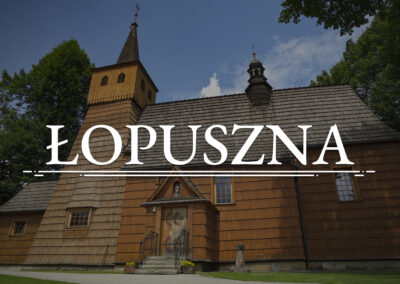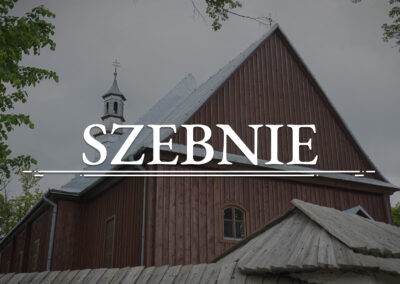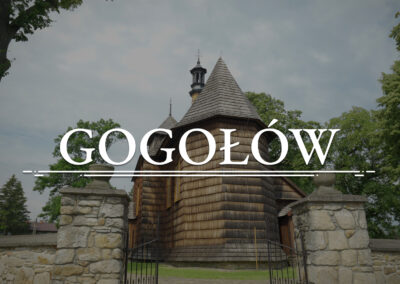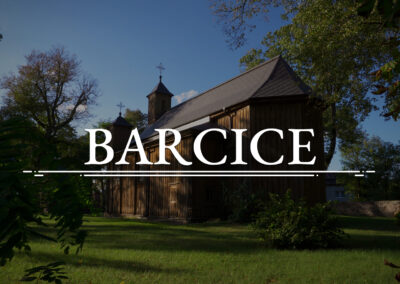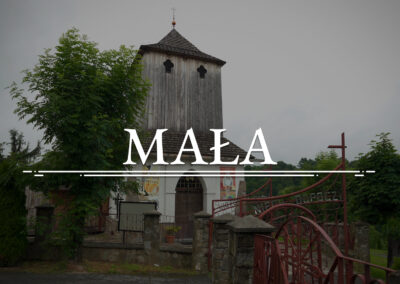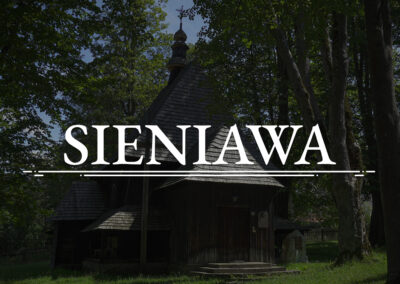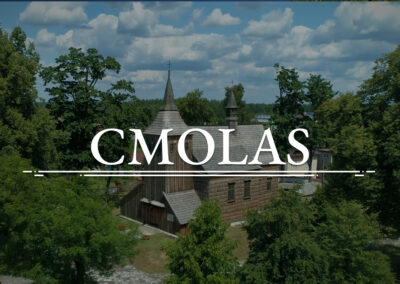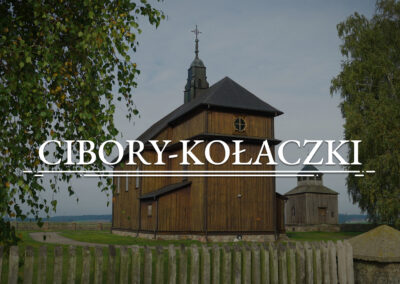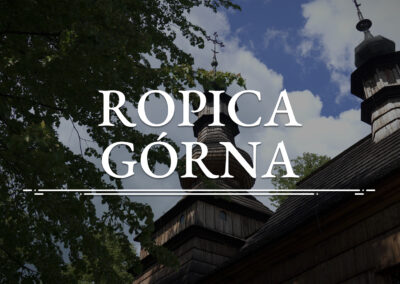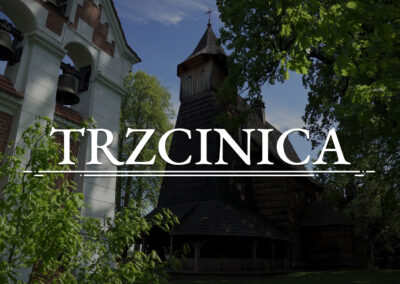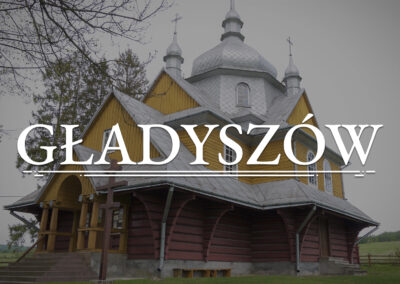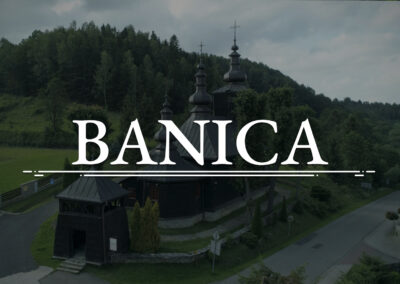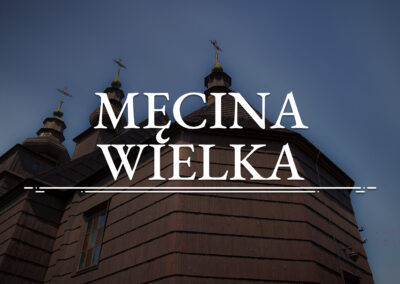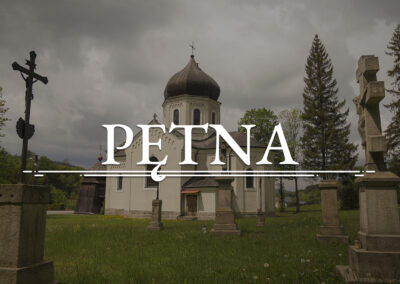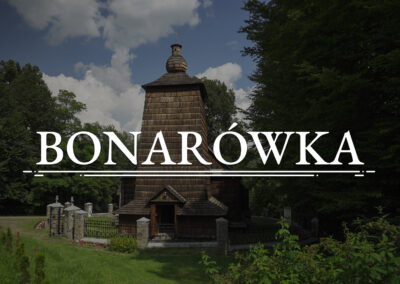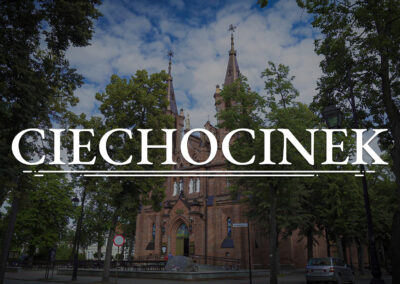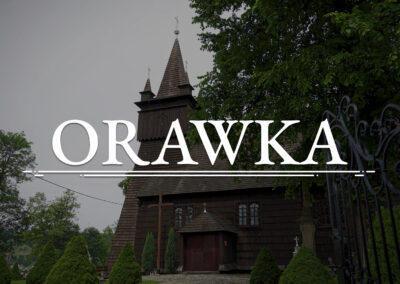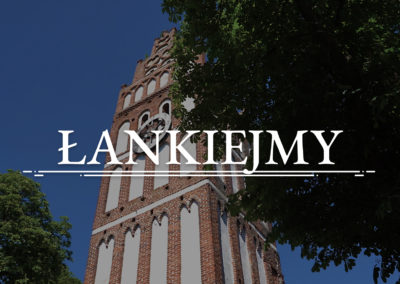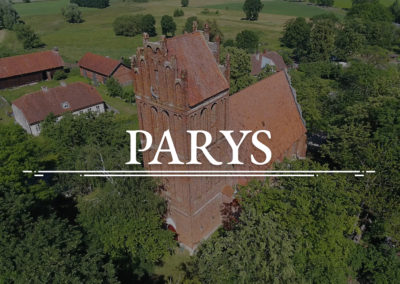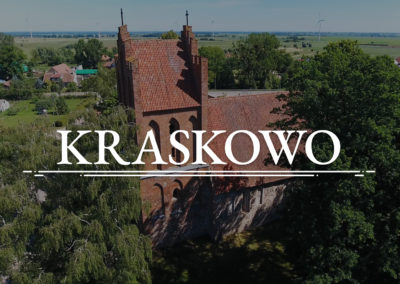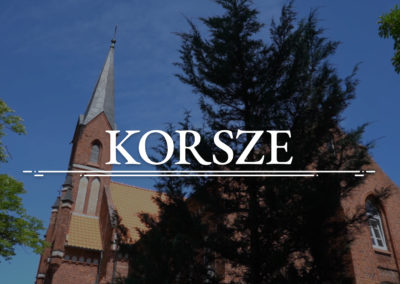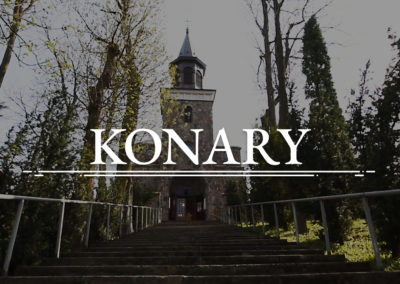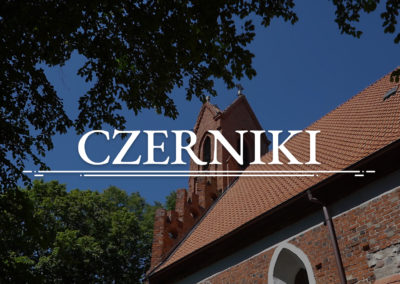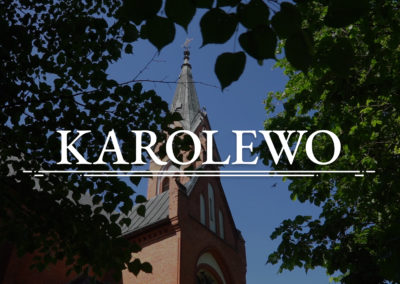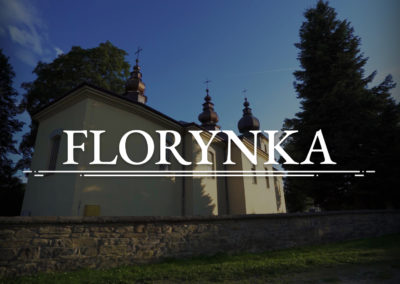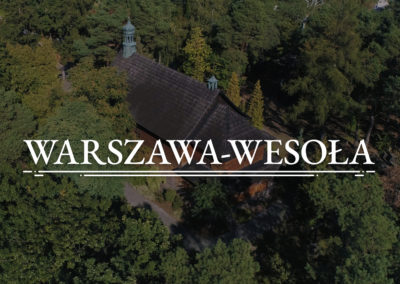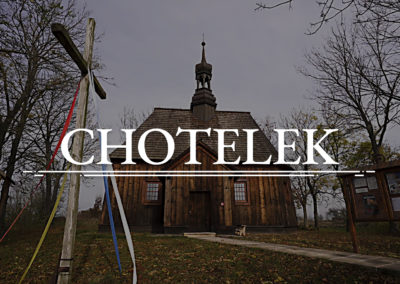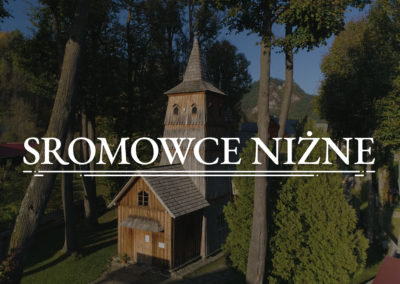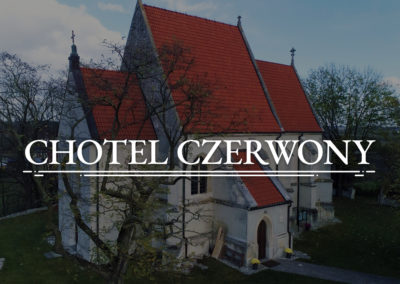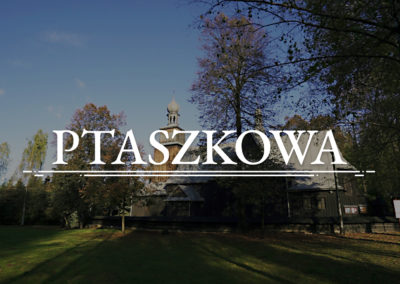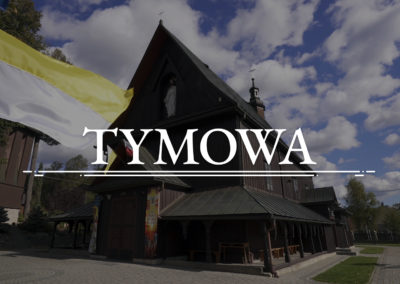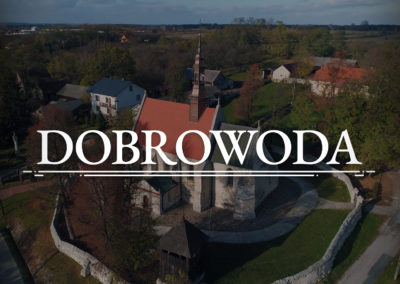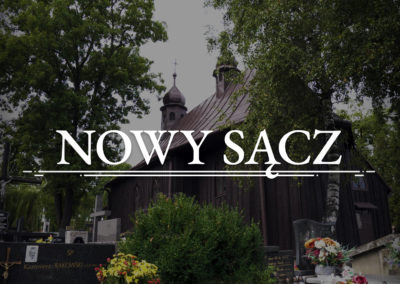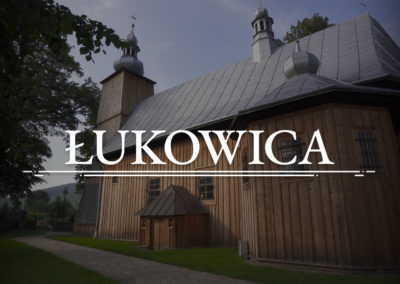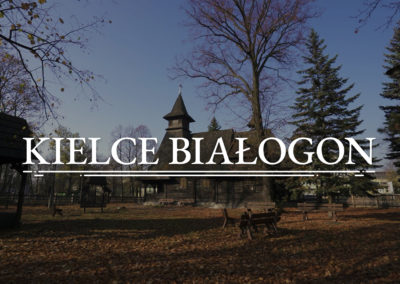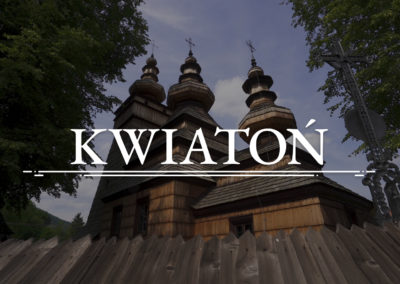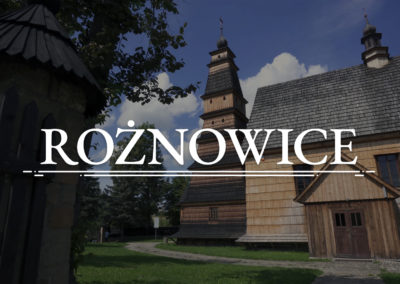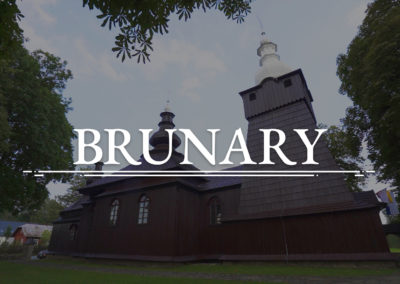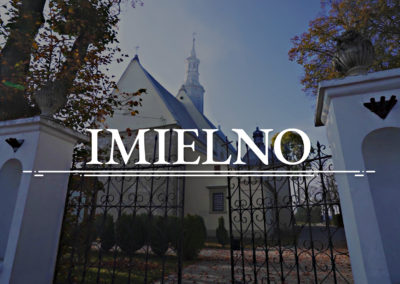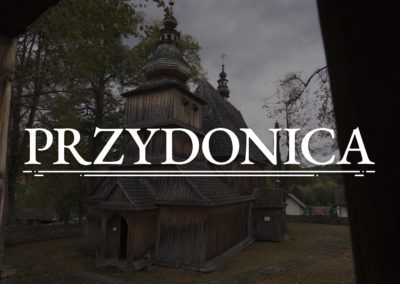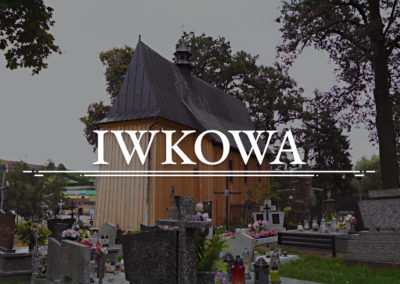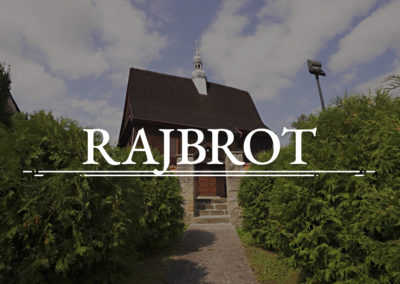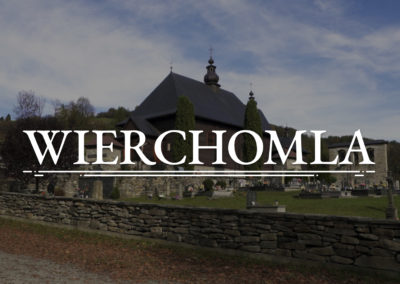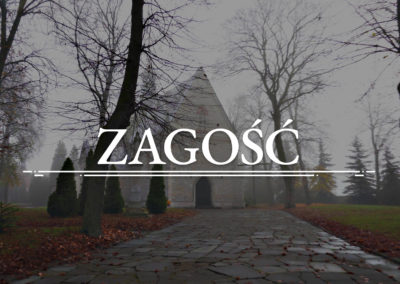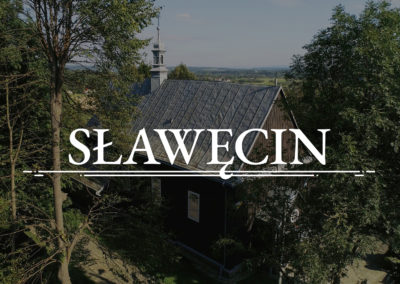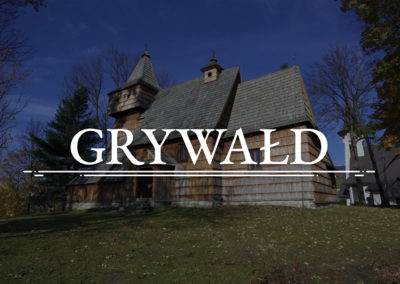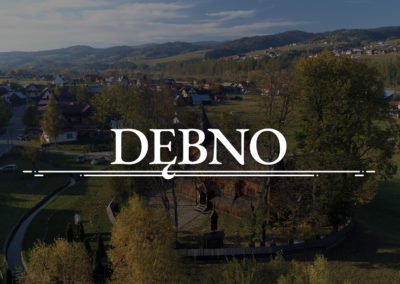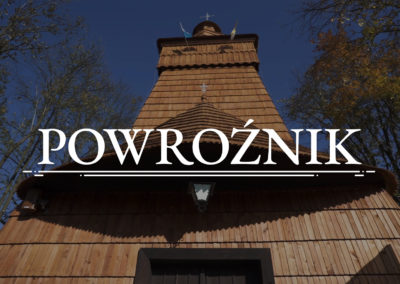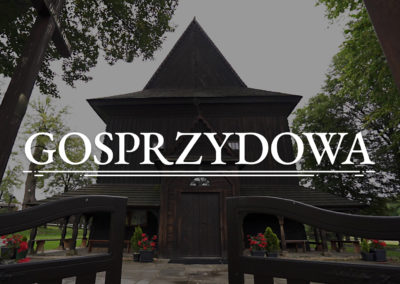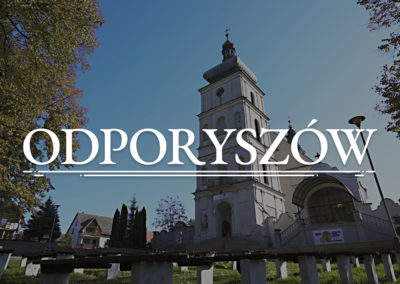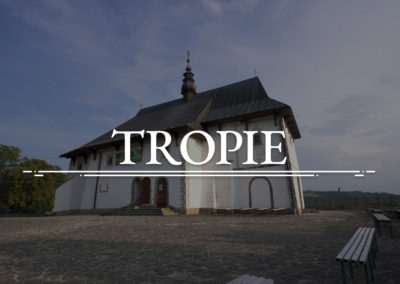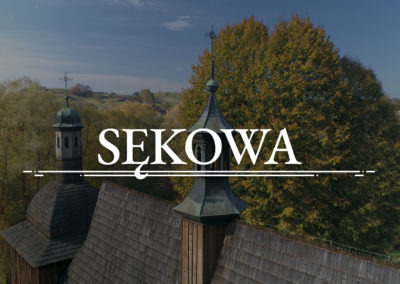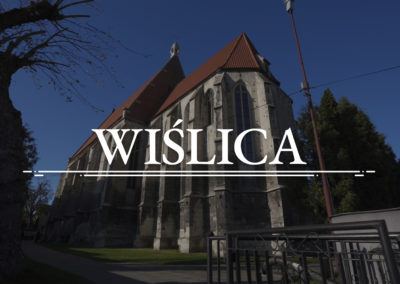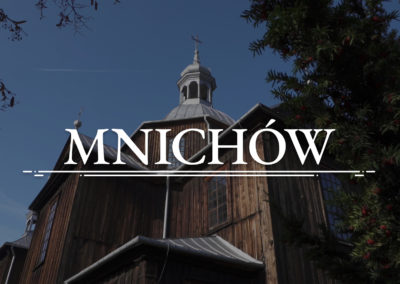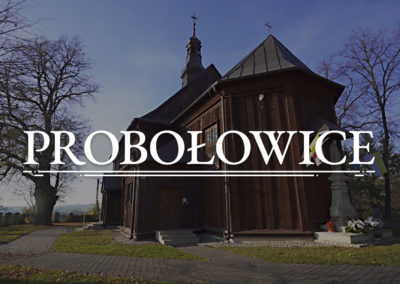LUTCZA - Church of the Assumption of Mary into Heaven
The village of Lutcza appears in historical records already in the 14th century as Lustscha, its former name. It is mentioned by a document published in Skoki, on the 5th of October 1390, signed by King Władysław II Jagiełło. The village passed from the hands of one magnate to another, and in the years 1795–1918 it was Austrian territory at the time of Partitions. Once Poland regained independence, Lutcza became a part of the Lviv Voivodship.
CHURCH
IN LUTCZA
The route of old Roman Catholic and Orthodox churches in Poland does not only constitute an occasion to see beautiful monuments but it is also a journey into the depths of history, to its truly remote parts. The village of Lutcza appears in historical records already in the 14th century as Lustscha, its former name. It is mentioned by a document published in Skoki, on the 5th of October 1390, signed by King Władysław II Jagiełło. The village passed from the hands of one magnate to another, and in the years 1795–1918 it was Austrian territory at the time of Partitions. Once Poland regained independence, Lutcza became a part of the Lviv Voivodship. After World War II, it remained on the territory of Poland and now, in accordance with the administrative division, it is a part of the Podkarpacie Voivodship.
The previously mentioned document from 1390 provides for a piece of land to be designated for a church but there is no proof that a church was built here in the 14th century. However, we can find a sentence about Lutcza from the 15th century as follows: “a village with a wooden parish church of the Birth of the Holy Virgin Mary”. This significant passage is taken from the chronicle of Jan Długosz. Most likely, around the middle of the 15th century, a small wooden church was built within the parish. With time, thanks to the efforts of the faithful and parish priests, it has been changing its structure. Already in the 1st half of the 16th century a sacristy made of stone was added. During consecutive centuries, a tower was also added and reinforced with vertical beams (lisice). Contrary to all appearances, this name has nothing to do with animals (lis – a fox). It is the name of a reinforcing technique used in the construction of wooden structures. It consists in placing two vertical elements, also called tongs, which, pulled together with screws, embrace a wall made of logs or posts.
In 1670, the church was partially destroyed by fire but was rebuilt and renovated, even though the works were finalised only 52 years after the incident. It is in 1722 that the following elements were added: a ceiling with a cove, side beams extended along the nave (zaskrzynienia), a roof with a ridge turret and windows in the nave.
Near this beautiful church with interesting interior decorations we can find other sites to visit. There are 3 cemeteries in the vicinity and the oldest most likely dates back to 1784. This cemetery is located in Małówka. The second one is in Strzyżów. People were buried there until 1965, when burials were transferred to the new parish church with a new cemetery. The oldest grave of this graveyard dates back to 1922. Finally, the third graveyard, which after enlargement, has been in use until this day.
When you visit Lutcza, you should definitely follow the route of ancient wayside shrines. There is approximately 60 of them and they are divided into different kinds. These shrines can be found all over the place so they can create a great walking route. The biggest wayside shrine can be found at the oldest cemetery – in Małówka.
It was erected around 1898 and founded by Count Łoś after the death of his wife Helena, born Straszewska. In the south-east corner stands the tombstone of Jadwiga Straszewska, who died in 1890 and was moved here from the cemetery. On the southern wall the following plaque can be found “Late countess Helena Łoś born Straszewska”, whereas on the northern wall another plaque is placed which reads “Late Kanty Wolski resting in this cemetery, born in 1801 and died in 1867”.
The second biggest wayside shrine is the one dedicated to the Holy Cross and located on the territory which belonged to the estate. This structure made of stone used to be covered with polychromy, but today it is difficult to date them. The other wayside shrines are equally interesting with many secrets and stories to be told. We recommend following this route!
Sources:
LUTCZA - Church of the Assumption of Mary into Heaven
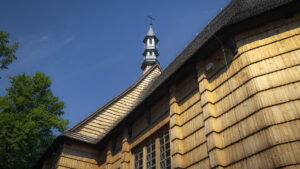
COFUNDED BY THE MINISTER OF CULTURE AND NATIONAL HERITAGE
ORIGINATING FROM CULTURE PROMOTION FUND



